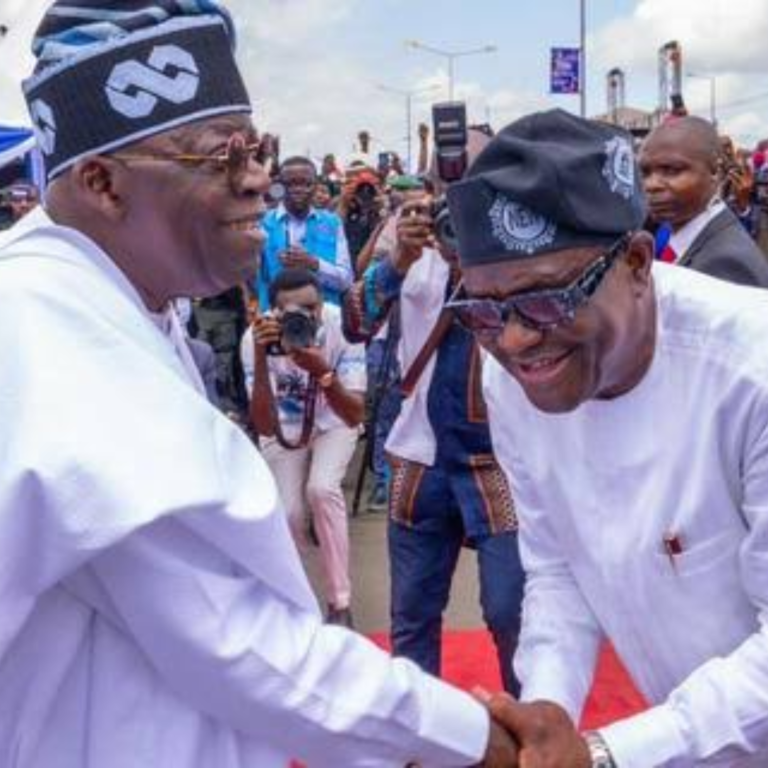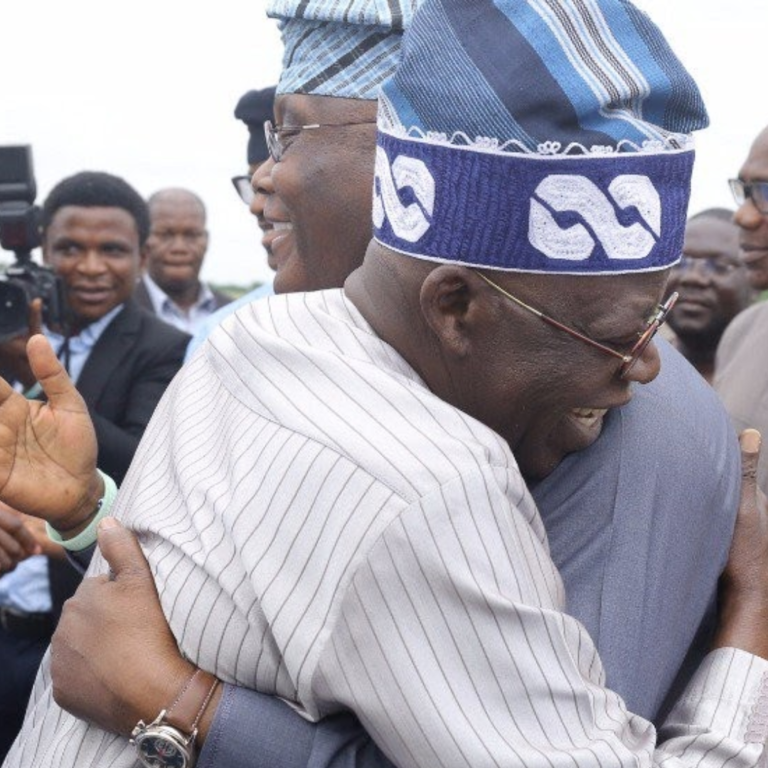The use of social media has come with benefits and challenges. Combined with the explosive rise of Artificial Intelligence (AI) over the last few years, it’s getting increasingly difficult to tell what is real from what is fake. The phrase “seeing is believing” is being tested now more than ever. The things we see and hear can now be digitally altered, thanks to technologies like Midjourney and Deep Fakes.
For instance, there’s a YouTube channel dedicated to telling jokes using AI-generated voices and the visuals of former US presidents. For the uninitiated, it looks genuine. See this short clip, for example.
In another one, a photo of the Pope in a white hoodie took Twitter by storm. It was later found to be AI-generated.
While it may seem harmless fun to some, fake images can have grave consequences. In May, a falsified photo of an explosion near the US Pentagon spooked financial markets and caused US stocks to drop in what some consider the first instance of an AI-generated image moving the market.
In Nigeria, leading up to the elections, fake images of presidential candidates and their allies made the rounds. Many of these made their way to WhatsApp groups and stoked ethnic sentiments that influenced how people voted.
For this week’s episode of Wait First, we look at ways to identify fake photos and how to protect yourself from sharing fake news.
How to spot fake photos online
Fact-checkers, Dubawa made a video identifying five ways to spot fake images. In summary:
- Check the source. Look for the source of the photo. If it’s from a reputable organisation or a known photographer, it’s more likely to be authentic.
- Look for inconsistencies. Check for photo inconsistencies, such as mismatched shadows, unnatural lighting, or distorted proportions.
- Check the metadata. Most digital photos contain metadata that includes information such as the date, time, and location of the photo. Check this information to see if it matches the context of the photo.
- Use Reverse Image Search. Use a reverse image search engine like Google Images, Tineye, or Yandex to see if the photo has been used elsewhere on the internet. If it has been used in multiple contexts, it may be fake.
- Consult experts. Consult with forensic analysts, photojournalists, or digital forensic experts if you’re still unsure about the image’s authenticity.
What else should you know?
Besides the above points, Deutsche Welle (DW), the news agency, has also provided some tips
- Zoom in and look carefully.
- Watch out for typical AI errors. AI-generated images tend to have one too many fingers. In the example of the Pope above, did you notice that his left fingers were unusually long and that there were only four of them? Also, look out for too many teeth or weird glass frames. The Random Face Generator is an AI tool that generates photos of people who don’t exist.
- Check for unusual smoothing. If the hair or skin looks exceptionally flawless, there’s a good chance it’s fake.
- Examine the background. Sometimes, the backgrounds of AI images tend to be blurred or have distorted objects.
- If you encounter an image on Twitter whose authenticity you’re unsure of, you can tag the handle @hoaxeye. It does reverse image searches and can check if an image is real or AI-generated.
[Midjourney image of Will Smith. Note the blurry background]
Despite these tips, technology is constantly advancing, and AI is adapting to overcome its flaws. Ultimately, the best bet is to remain sceptical and apply common sense. Don’t be too eager to share a photo if it’s not verified. When in doubt, leave it out.
Download the Citizen Election Report: Navigating Nigeria’s Political Journey




